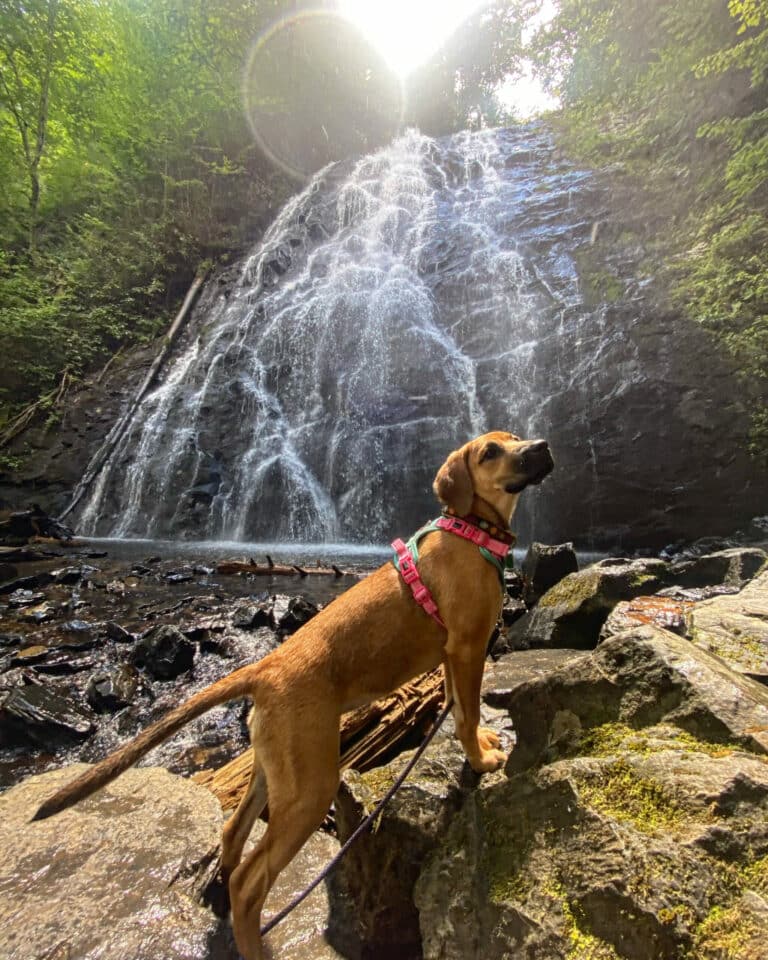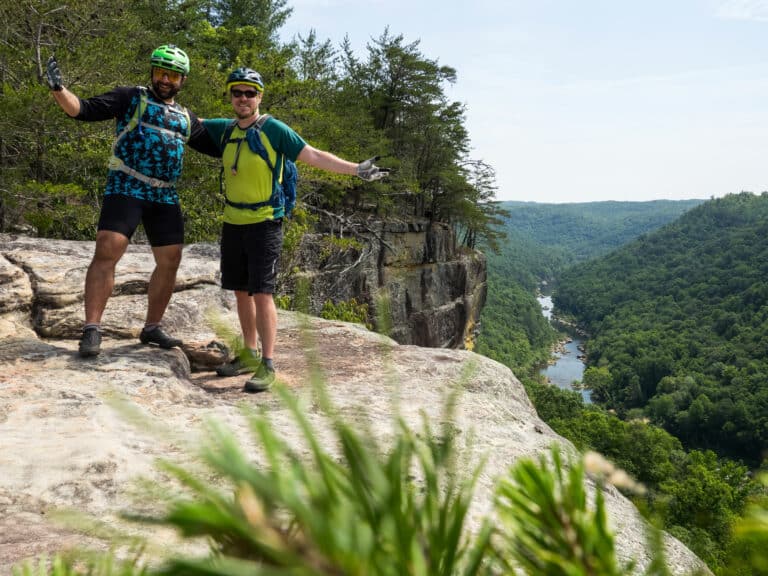This winter, outdoor lovers from across the region will flock to Pocahontas County, W. Va., known as the Birthplace of Rivers because it shelters the headwaters of eight pristine mountain streams. Among these is the Elk River, which many consider the Mountain State’s best wild trout stream. Like the wary trout that call the Elk home, the river frequently hides itself by running for several miles through underground limestone caves.
On August 7, a group of cavers, hikers, mountain bikers, anglers, and other concerned citizens descended upon the tiny hamlet of Durbin, West Virginia, to voice their concerns over the site selection for a new regional wastewater treatment plant. The chosen site? The famed Elk River itself. The Public Service District (PSD), a three-person committee charged with overseeing water issues in Pocahontas County, has been in the middle of a contentious battle over the proposed plant for years. Pocahontas County is home of Snowshoe Mountain Resort, one of the most popular ski resorts on the East Coast.
And therein lies at least part of the problem: For many years now Snowshoe Water and Sewer has been insufficient to meet the needs of the resort’s ever-expanding number of guests. According to the West Virginia Department of Environmental Protection (WVDEP), Snowshoe has been cited for numerous regulatory violations over the past five years and for more than 30 violations between 2004 and 2005 alone. Some of these violations include spills, overflowing manholes, and high levels of ammonia, which are especially deadly to native trout. Officials of Pocahontas County and Snowshoe devised a plan to regionalize the water and sewer treatment plant, thus transferring oversight of the facility to the county.
Area residents oppose the plan because records indicate that the vast majority of system users will be on resort property. Residents are asking why they must foot the bill to finance the proposed plant largely for the benefit of Snowshoe guests.
Other detractors include outdoor enthusiasts, who contend that the proposed plant threatens the Elk River watershed. Leading the charge against the plant is 8 Rivers Safe Development, a coalition of cavers that has filed suit against WVDEP for not requiring an Environmental Impact Statement before approving the $20 million project.
“Snowshoe has just plainly overdeveloped without investing enough into their infrastructure,” asserts George Philips, president of 8 Rivers Safe Development. “We are not against development; we just want it done correctly and with an eye towards the environment.”
Also opposing the plant are the Federation of Fly Fishers, West Virginia Council of Trout Unlimited, and the Elk Headwaters Watershed Association. They believe that the risk of a raw sewage leak from the miles of proposed pipe is too great; leaked sewage could remain trapped in underground caves and foul the Elk River for decades.
Snowshoe maintains that the environment is a top priority. The resort recently collaborated with the U.S. Fish and Wildlife Service to create a Habitat Conservation Plan—the first of its kind in the state—to protect two endangered species, the West Virginia northern flying squirrel and the Cheat Mountain salamander.
Snowshoe attempted to solve regulatory issues by filing an application with the West Virginia Public Service Commission for a Certificate of Need and Necessity to build a plant in 2001. That case concluded in 2002 when the Commission ordered Snowshoe to facilitate exploration of a “regional solution.”
“Over the past several years, Snowshoe has worked diligently with elected and appointed officials at both the county and state level to develop an acceptable regional solution,” says Laura Parquette, communications manager for Snowshoe Mountain Resort. “Snowshoe supports a regional concept that is environmentally sound, economically feasible, promotes economic development, and improves the quality of life for those who visit and live on the mountain, as well as those in the local community.”
All parties agree that the status quo is unacceptable, but the devil is in the details: It seems unlikely that county officials, county citizens, the resort, and conservationists will be able to hammer out a compromise in the foreseeable future. In the meantime, the native species of the Elk River watershed hang in the balance.









